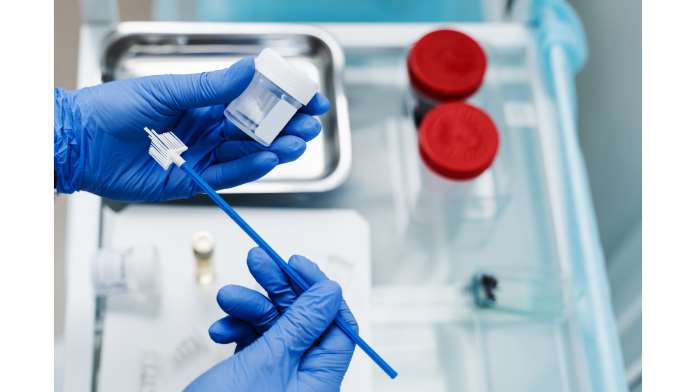The prevention of cervical cancer it is a fundamental safeguard. This is why the entire month of January is dedicated to this very common carcinoma which affects women especially in the age group between 55 and 64, although it can affect younger women.
The good news is that they exist modern screening techniques who can detect it in its early stages. Furthermore we know with certainty that the HPV vaccination it is an extremely effective tool, which significantly reduces the number of cases among people who get vaccinated.
The importance of HPV vaccination
«Cervical cancer develops over a long period of time, only following an injury due to the acquisition of the HPV virus. Discovery which, in 2008, earned the Nobel Prize to its author, Dr Harald zur Hausen who, specifically, identified HPV – the papillomavirus umano – as the etiological agent of cervical cancer”. Roberto Senatori He is a gynecologist and advisor to the board of directors of the Italian Society of Colposcopy and Cervico-Vaginal Pathology and head of the HPV Center of the Villa Margherita Clinic.
«Although the spread of HPV is statistically high, in most cases the infection regresses spontaneously within two years. Only in 10% – 15% of affected women does it cause lesions. The presence of the virus is a necessary but not sufficient condition for the development of the tumor. Therefore, eliminating the virus also eliminates the risk of incurring more serious pathologies. Thanks to prevention which currently consists of three phases, in the most industrialized countries it is possible to reduce the incidence of the disease.”
What are the three phases of cervical cancer prevention?
There are three important moments in the prevention of cervical cancer, which can significantly affect the number of cases that affect many women every year.
Vaccination as primary prevention
Vaccination is primary prevention. Better to do it in pre-adolescent age in girls and boys, before sexual intercourse which significantly increases the risk of contagion. The latest generation vaccines cover the nine most dangerous serotypes of the virus. They are extremely safe and effective: they can prevent over 90% of HPV-associated cancers.
Vaccination is offered free of charge to all girls up to the age of 26 of age not yet reached. The same has happened since 2020 for all women previously treated for high-grade lesions in order to reduce recurrences. For women over 26 years of age, the vaccine is available at a controlled social price which varies from region to region for all three doses.
To date vaccination coverage is still low and is around 60%while the target is 95 percent.
Prevention of cervical cancer also involves screening
Secondary prevention consists of periodic screening:
in women under 30screening is based on PAP test which does not highlight the presence of the virus, but the cellular alterations that could be caused by the HPV virus.
After 30 years we proceed directly toHPV test, which identifies the presence of the virus. If negative, the test must be repeated after 5 years. If positive, a PAP test is performed. If the PAP test is also positive and shows lesions, the procedure iscolposcopic examination.
The last phase of prevention is the treatment of the lesions
If the colposcopy also gives a positive result, we move on to the third and final phase of the prevention of this type of tumor with the treatment of injuriesif the histological examination confirms that they are at risk. This phase involves the surgical removal of these lesions.
